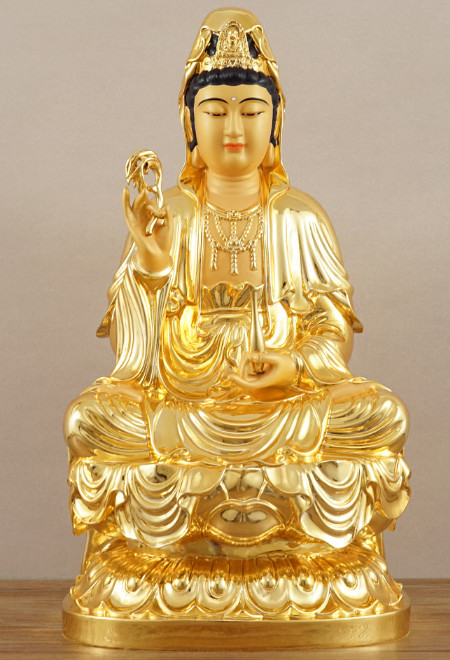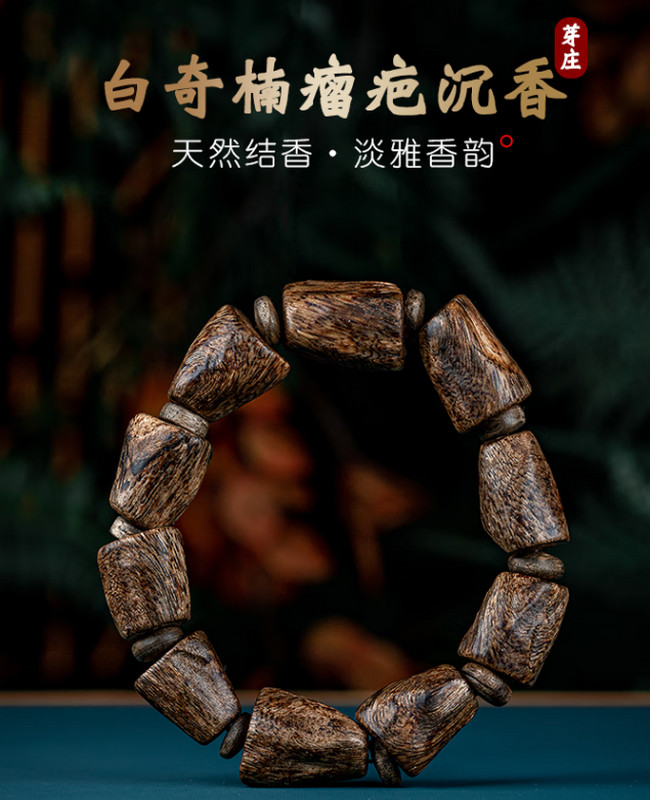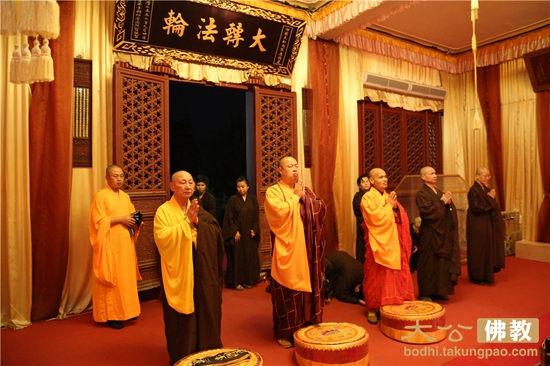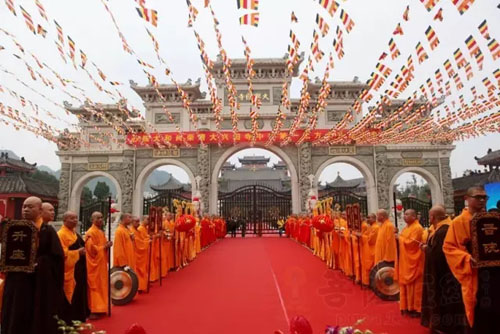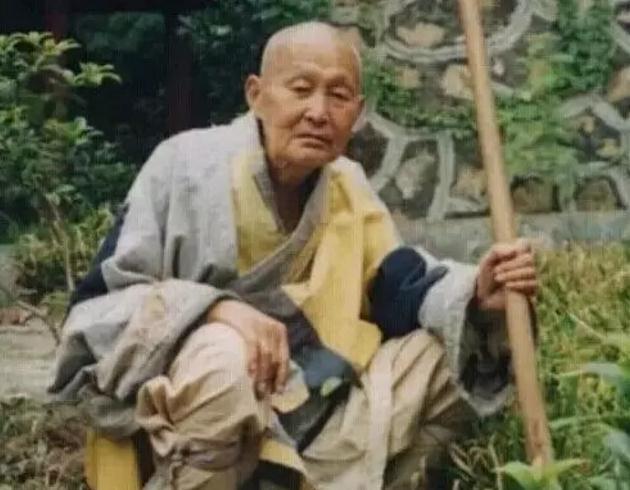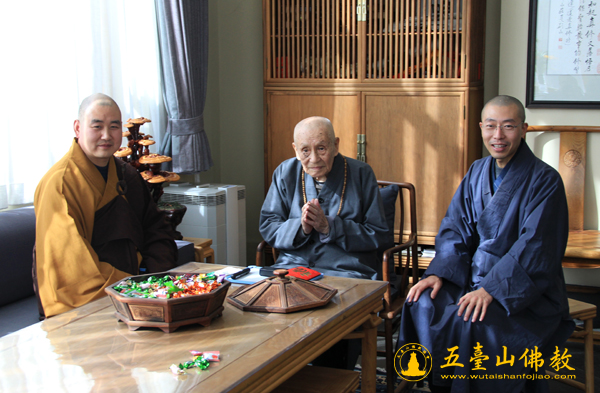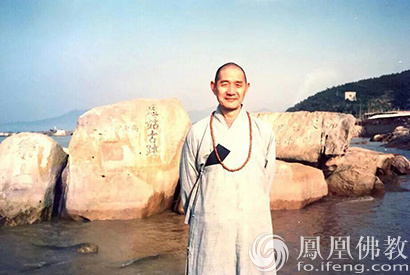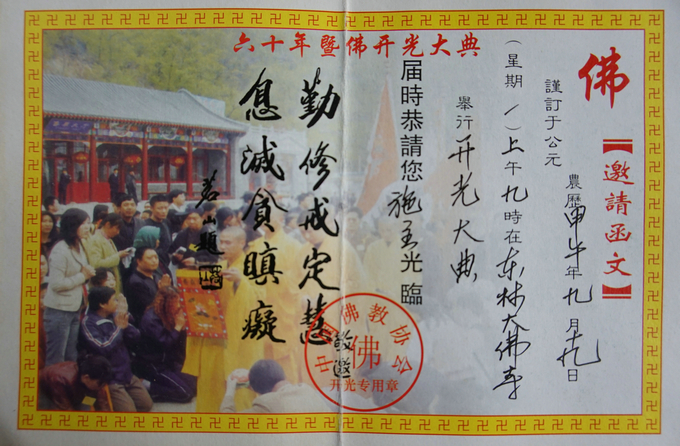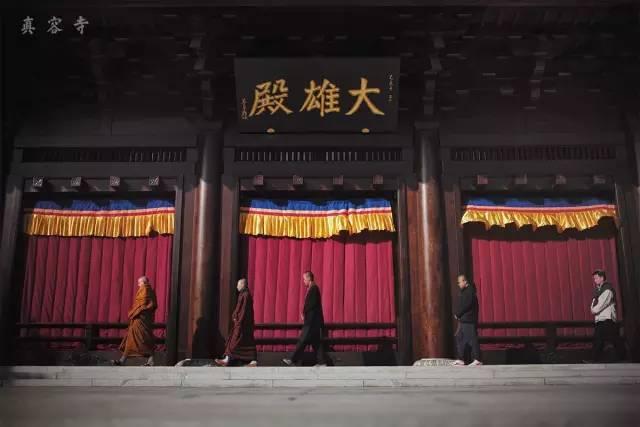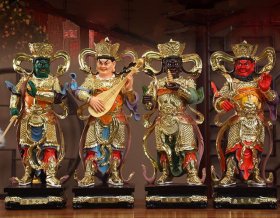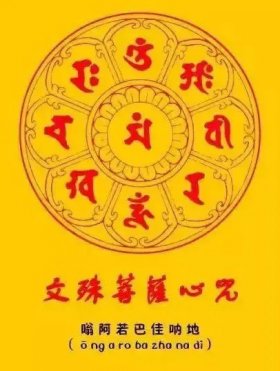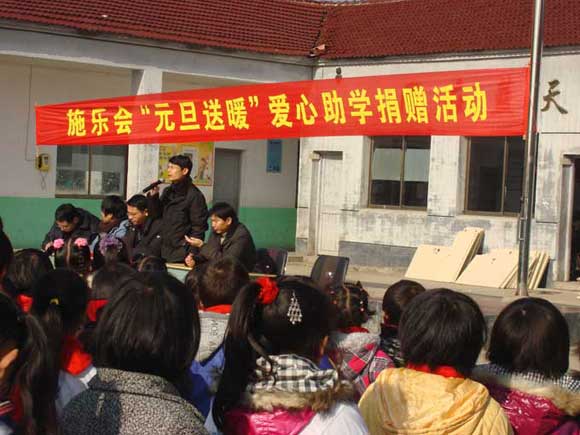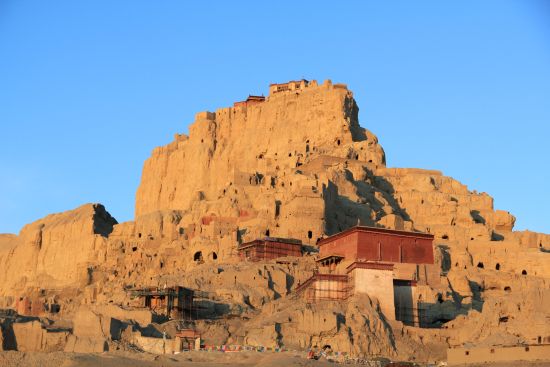走进光孝寺丨第七期:诃林留香(中英双语)
- 佛教新闻-自在佛学知识网
- 2024-06-18 05:51
- 自在佛学知识网
走进光孝寺丨第七期:诃林留香(中英双语) ,对于想了解佛学知识的朋友们来说,走进光孝寺丨第七期:诃林留香(中英双语)是一个非常想了解的问题,下面小编就带领大家看看这个问题。
原文标题:走进光孝寺丨第七期:诃林留香(中英双语)
诃 林 留 香
The Valuable Heritage
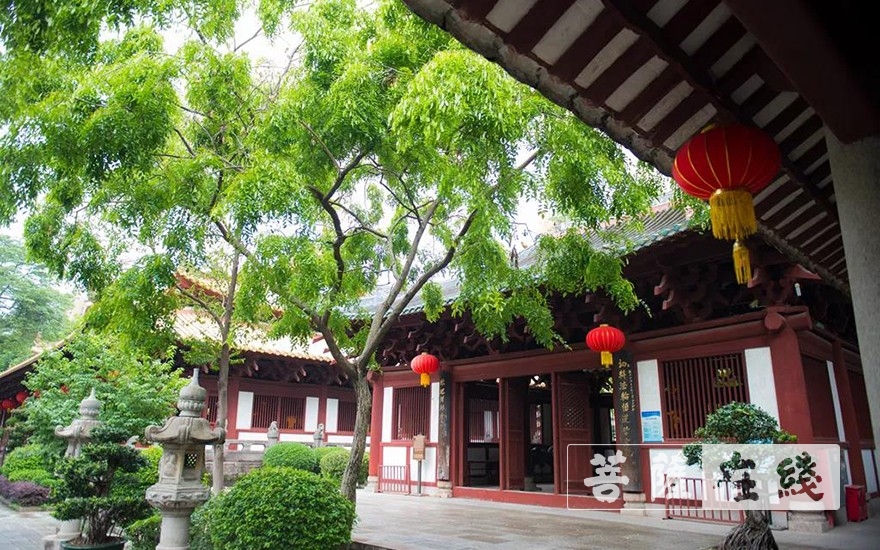
走进光孝寺丨第七期:诃林留香(中英双语)
大菩文化广东讯 欢迎收看第七期。这也是光孝系列的最后一期。今天主要介绍光孝寺其他重要的历史遗迹。首先是吉祥殿。
Hello, welcome to Episode Seven, and this is the last episode of Guangxiao series.In this episode, I'm going to introduce the rest of the valuable heritage at Guangxiao Temple.First, let's go and see the Hall of Auspiciousness.
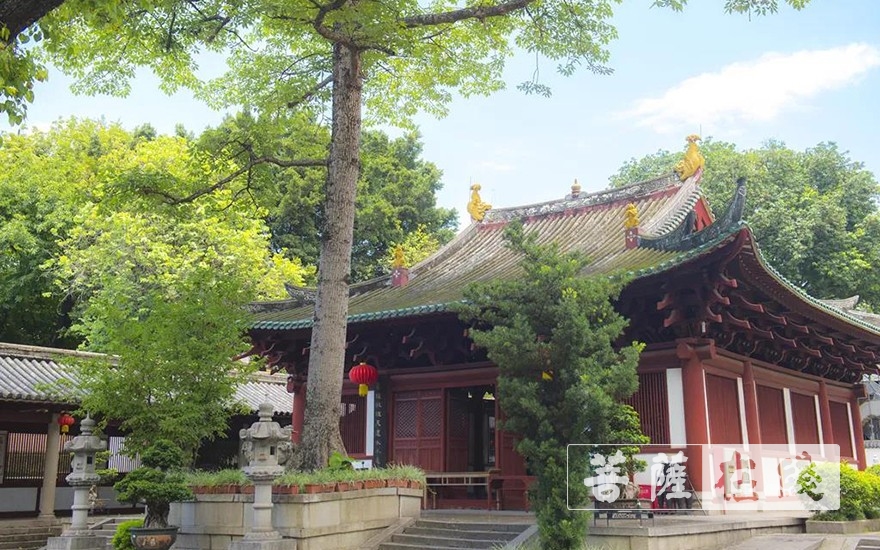
走进光孝寺丨第七期:诃林留香(中英双语)
吉祥殿
The Hall of Auspiciousness
这座三开间的吉祥殿,因供奉的是“吉祥卧式玉佛像”,故又称“卧佛殿”。何为吉祥卧?吉祥卧,意即朝右侧卧躺,右手摆在头下面,左手放在身上。释迦牟尼佛住世之时,一直提倡以吉祥卧睡眠。在他涅槃之时,也是以吉祥卧入灭的。此睡姿不仅有益于健康,更能使夜梦吉祥。
This three-bayed Hall of Auspiciousness is also known as the "Hall of Reclining Buddha" because it enshrine浙江绍兴佛教新闻网
s the "auspicious reclining jade Buddha statue". What is auspicious lying? Auspicious lying means lying on the right side, with the right hand under the head and the left hand on the body.When Sakyamuni Buddha lived in the world, he always advocated this way for sleeping.At the time of his Nirvana, he also took this posture.It is not only beneficial to health but also makes night dreams auspicious.
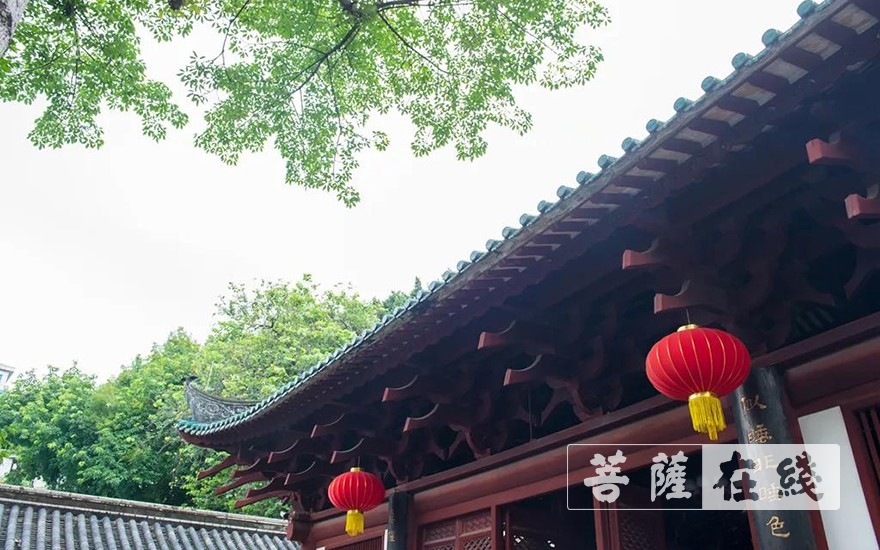
走进光孝寺丨第七期:诃林留香(中英双语)
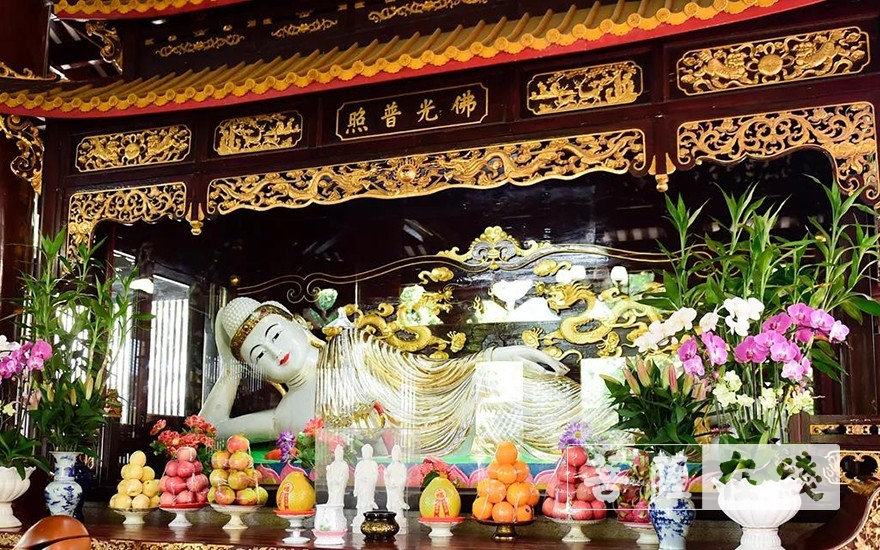
走进光孝寺丨第七期:诃林留香(中英双语)
此殿旧时曾因供奉禅宗初祖达摩至五祖弘忍像,称为“五祖殿”。此殿也曾一度改为书舍,后被寺僧赎回,作为接待十方的大寮。再后来,善士曾继茂曾捐资重装五祖像,恢复为五祖殿,不过又被毁。现在此殿,是1992年依照原伽蓝殿的形制重建。
In the past, it was called the "Hall of Five Patriarchs", since it enshrined five patriarchs, from Bodhidharma, the first patriarch of Chan Buddhism, to the fifth one, Hongren. It was once converted into a library and later redeemed by the monastics as a guesthouse for visiting monks. Later, Zeng Jimao, a philanthropist, sponsored the statues of the five patriarchs and restored the hall for them, which, unfortunately, was destroyed later.The current hall was rebuilt in 1992 based on the shape of the original Sa?ghārāma Hall.
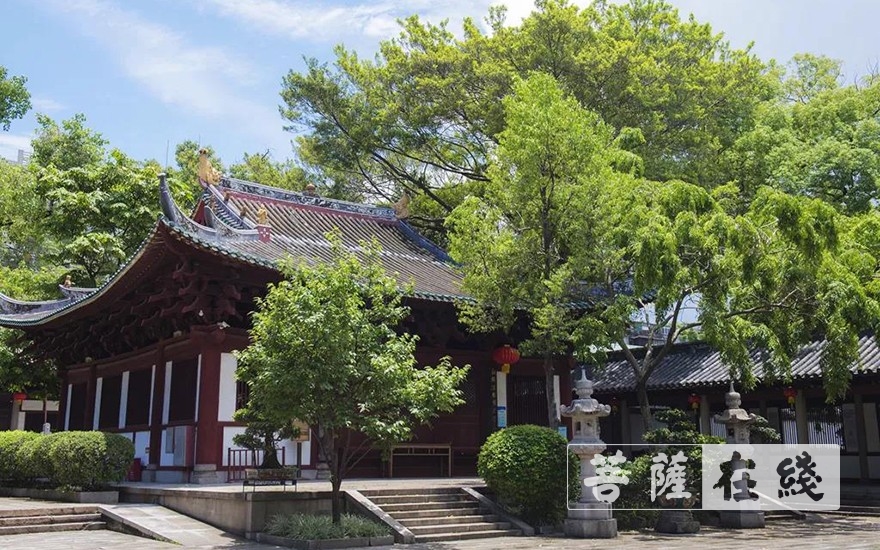
走进光孝寺丨第七期:诃林留香(中英双语)
泰佛殿
The Hall of the Thai Buddha

走进光孝寺丨第七期:诃林留香(中英双语)
我们接下来要来看的是泰佛殿。这座泰佛殿,历史上曾经是伽蓝殿,始建时间不详。1986年,泰国教育部副部长与副僧王赠送给光孝寺一尊泰佛。这尊佛像就被安放在此殿内供奉,而殿名也因此改称为“泰佛殿”。
Another hall we're going to see is the Hall of the Thai Buddha.This hall was once the Sa?ghārāma Hall in the past, but it is not known when it was built. In 1986, a Thai Buddha statue was presented to Guangxiao Temple by the Deputy Minister of Education and Associate Supreme Patriarch of Thailand.It was enshrined in this hall so the name of this place was changed into the "Hall of Thai Buddha".
此殿不仅是中泰两国佛教友好往来的见证,还是光孝寺得以恢复开放的“因缘”。1986年,国务院批准恢复光孝寺为宗教活动场所,对外开放。
It is not only a witness to the friendly Buddhist exchange between China and Thailand but also a cause of the restoration of this temple.In 1986, the State Council approved the reopening of Guangxiao Temple as a place for religious acti佛教协会新闻头条
vities藏传佛教经典视频新闻
.
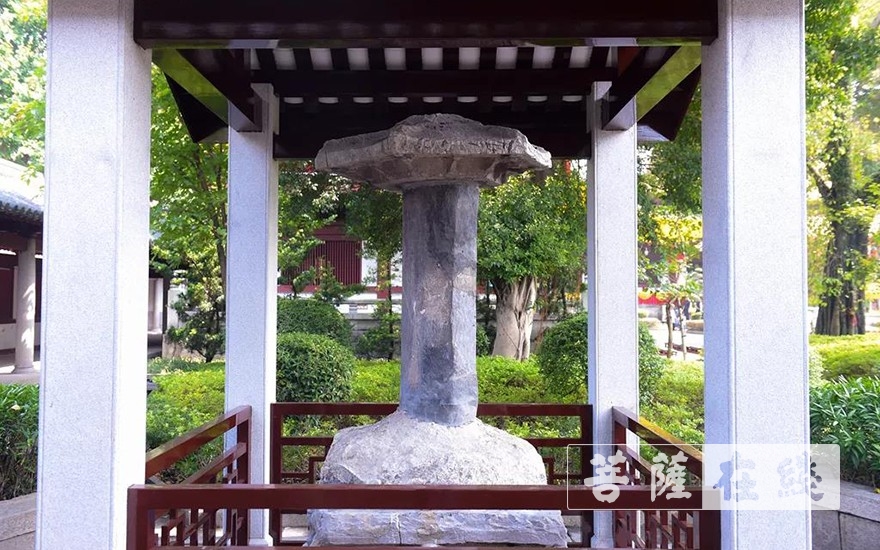
走进光孝寺丨第七期:诃林留香(中英双语)
大悲幢
The Great Compassion Column
我们最后要看的文物是大悲幢。人们曾将佛经书写在丝织的幢幡上。为了保持经久不毁,后来又改为刻在石柱上。这些刻有经文的石柱,就称为经幢。光孝寺的这座经幢,可是唐代遗物。
The last heritage we're going to see is the Great Compassion Column.Buddhist scriptures were used to be written on silk banners.In order to keep the scriptures for longer time, banners were replaced with columns. These columns inscribed with scriptures are called scriptural columns.This scriptural column here is a relic of the Tang Dynasty.

走进光孝寺丨第七期:诃林留香(中英双语)
它建于唐宝历二年(826),全称为“大悲心陀罗尼经幢”,是光孝寺现存时间最早、有绝对年代可考的石刻文物。这座平面八角形的青石经幢通高2.02米,方形基座的四周刻有力士像。由于年代已久,石面风化剥落,一些字难以辨认。但八面幢身的小楷字,还能依稀辨认出:“千手千眼观世音菩萨广大圆满无碍大悲心陀罗尼神妙章句……”。石上所录章句乃是“大悲咒”,但只是其中的两咒,每咒分别刻在经幢的四面。
It was built in 826 A.D. or the second year of Baoli Reign in the Tang Dynasty, and its full name was the "Scriptural Column of the Great Compassion Dharani".It is the earliest stone relic existing at this temple with a verifiable date.The octagonal column made of green marble is 2.02 meters in height, with its square base carved with statues of Naryana on each side. Due to the age, the surface of the stone has weathered and peeled off, so some words are difficult to read. However, the small regular scripts on each of its eight sides can still be vaguely recognized: "the omnipotent and perfect Great Compassion Mantra of the Thousand-Hand-Thousand-Eye Avalokitesvara Bodhisattva".It is indeed the Great Compassion Mantra, but only in two verses, each engraved on the four sides of the column.
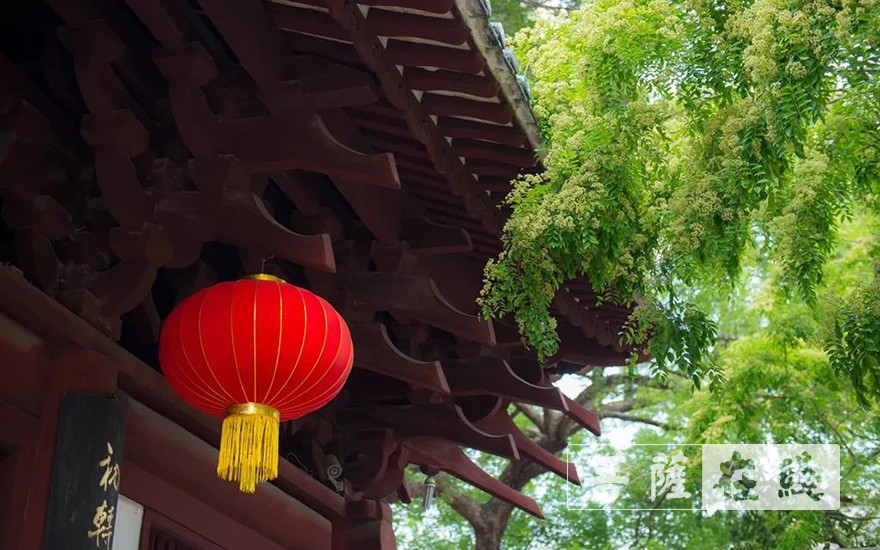
走进光孝寺丨第七期:诃林留香(中英双语)
结语
Closing Remarks
除了那些宏伟的殿宇、庄严的佛像、历尽沧桑的古塔古树令人印象深刻,光孝寺还有很多历代高僧的名号和轶事。当年,昙摩耶舍、菩提达摩等弘法高僧自海上西来,盛行于南亚的佛教随之传播至此,六祖惠能在此开创南禅的圣地……
In addition to those magnificent halls, majestic Buddha statues, and ancient pagodas and trees, there are many names and anecdotes of those eminent中国佛教协会新闻
monks at Guangxiao Temple.In the past, Dharmayasas and Bodhidharma came to Guangzhou from the west by sea, and brought Buddhism from South Asia to China. And Huineng, the Sixth Patriarch, founded the Southern School of Chan Buddhism.
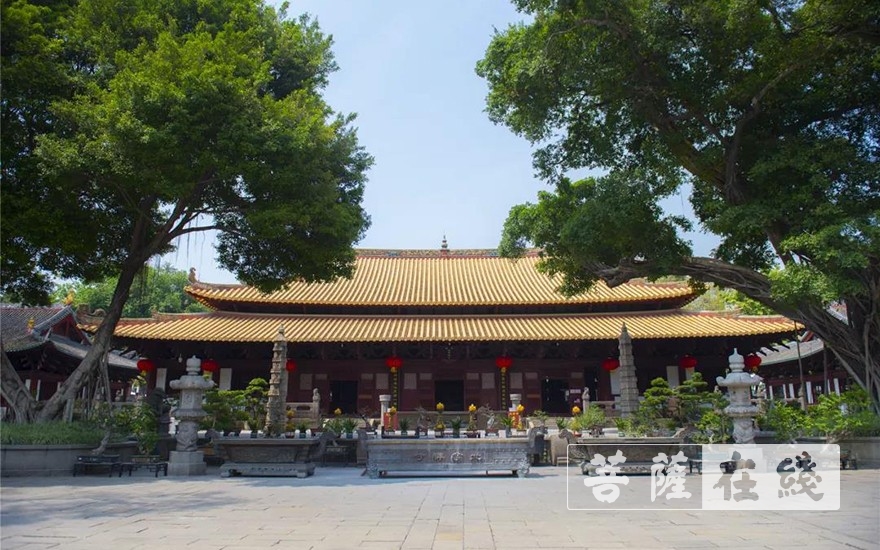
走进光孝寺丨第七期:诃林留香(中英双语)
在光孝寺中,我们仍然能够真切地感受到这些历史的印迹。作为中国沿海最早的佛教寺院之一,光孝寺见证了佛教沿海路传至中国并实现中国化的历史过程。从这个意义上说,光孝寺不愧是岭南佛教丛林之冠。(文图/广州光孝寺)
Now we can still experience these historical moments here at this temple.As one of the earliest Buddhist monasteries in China's coastal areas, Guangxiao Temple witnessed the historical process of Buddhism's further spread to China and its sinicization.In this sense, this temple deserves to be an unrivalled Buddhist temple in Lingnan region.(Articles & Photo by Guangxiao Temple)
原文出处:https://www.pusa123.com/pusa/news/fo/126456.shtml
以上是关于走进光孝寺丨第七期:诃林留香(中英双语)的介绍,希望对想了解佛学知识的朋友们有所帮助。
本文标题:走进光孝寺丨第七期:诃林留香(中英双语);本文链接:http://www.fzby666.com/xinw/145440.html。

佛像、佛珠--京东商城宝贝推荐
猜你喜欢
- 素食-无锡灵山“素食进万家”活动走进崇宁路小学 2024-10-26
- 光孝寺-广东光孝寺山门将南移7.2米 恢复传统风貌 2024-10-25
- 佛教-世界华文媒体走进江西东林寺 感受佛教文化底蕴 2024-10-25
- "少林慈善行"活动走进登封东华镇 为贫困家庭送爱心款 2024-10-24
- 佛教-泰国三节同庆 走进泰国法身寺万佛节平安灯法会 2024-10-24
- 光孝寺-光孝寺等入选广州6大史迹列入申遗预备名单 2024-10-24
- 禅文化-“挽发髻 踩僧鞋”走进世俗世界体验禅文化 2024-10-24
- 光孝寺-“连泽强慈善书画艺术作品展”在光孝寺举行 2024-10-24
- 佛教-第四期“归元大讲坛”走进武汉美术馆荣宝斋 2024-10-23
- 塔尔寺-2014世界华文媒体青海行采访团走进塔尔寺 2024-10-22





